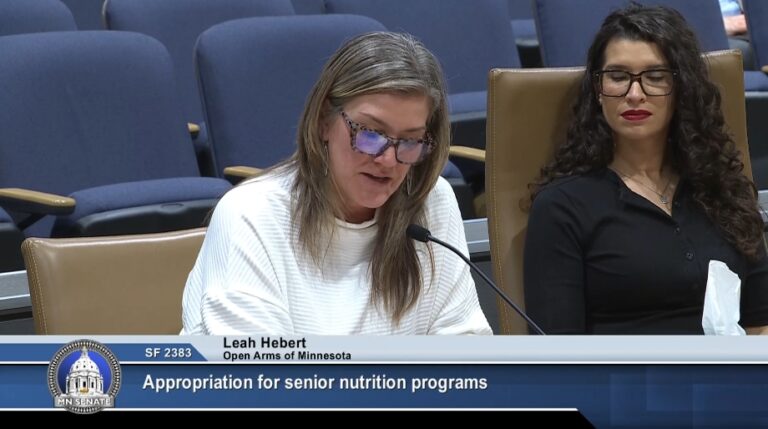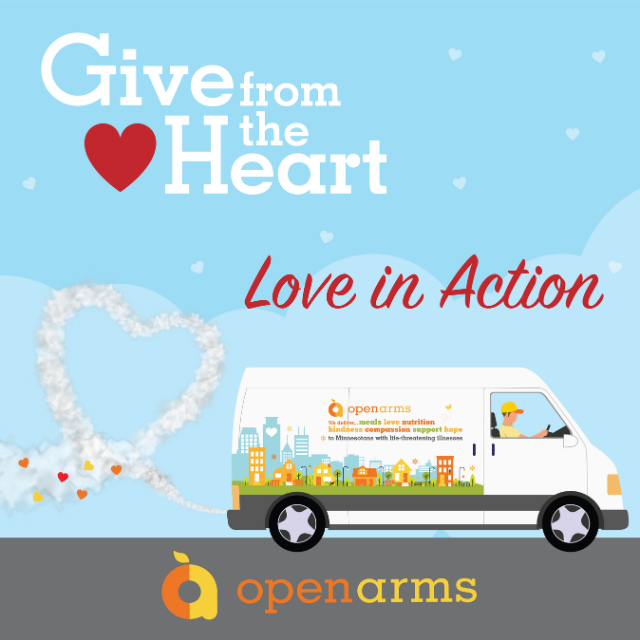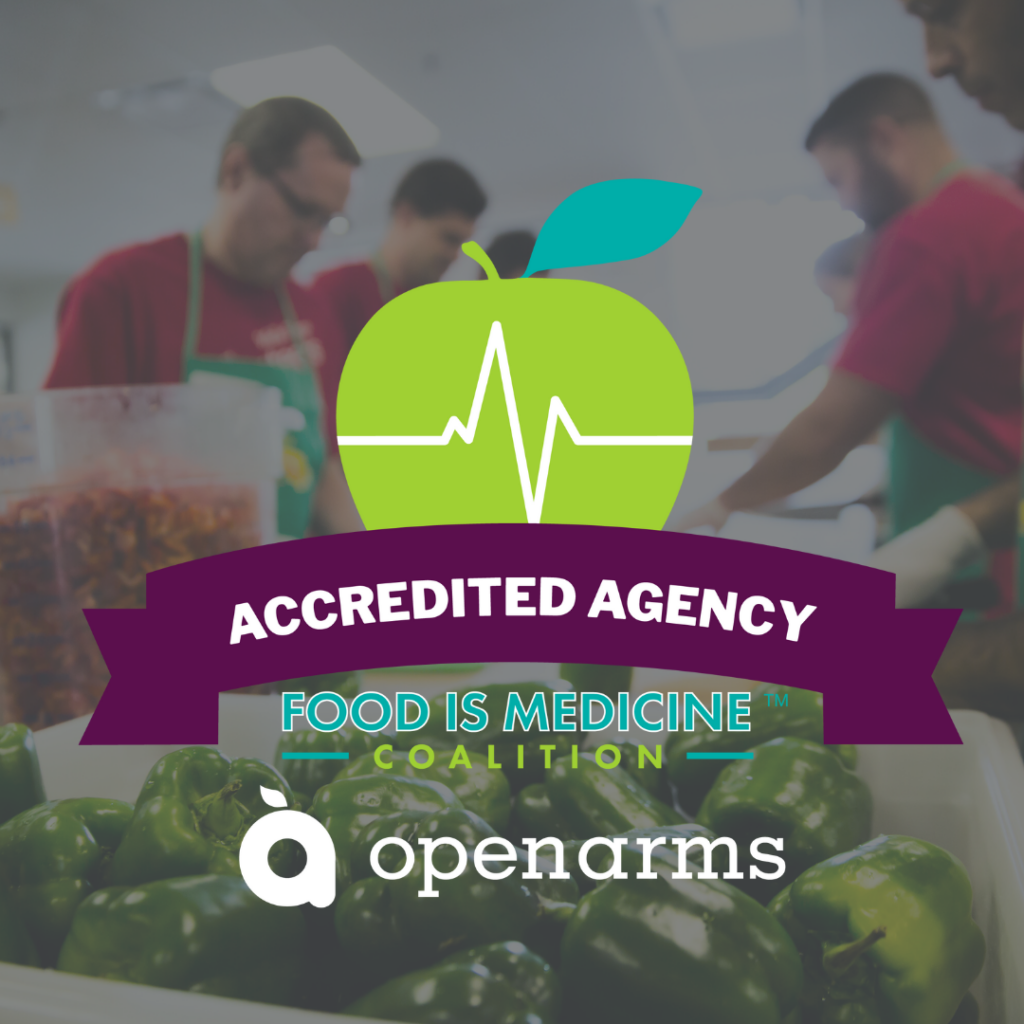By Ben Penner, Farm Director
An Open Arms team has traveled to Ethiopia to visit our nutrition partners in Addis Ababa and Adama, Ethiopia. For all of us, it is our first trip to this part of Africa, so there have been plenty of cultural adjustments to make. While important, I will address those in later posts. For now, I would like to focus on just a few of the major issues facing people living with HIV/AIDS in this part of sub-Saharan Africa.
The Need: Food Security
Open Arms’ support for our partners in Ethiopia helps address a crucial food security need for those living with HIV/AIDS. We provide assistance to a rehabilitation center, organized by Mesfin Feyisa, which has served more than 4,000 clients over the last several years. Many of the people served by the center have nowhere else to go. Whether due to stigma in the community because of lack of understanding of the virus or due to lack of community resources to take care of them, the clients who come here are often near death. Once they are able to eat solid meals prepared by the kitchen staff and take their antiretroviral medicine (ARVs) regularly, they are often able to gain strength and become productive members of their community once again.
Often female clients come to the center with their children, many of whom are HIV positive or have AIDS. Sometimes, the women do not survive, thus creating many orphans in the community — and more than 5 million in Ethiopia. Mesfin and his group have addressed this need by starting an orphanage (an unofficial one, but still an orphanage) where they house 18 children and feed them the same nourishing food that the adult clients get in the center. Some of these kids are able to go to school. The need for care for the children is greater than the resources currently available.
Food Prices
In our meetings with various community and aid groups/partners, including NASTAD, The Iddirs, Dawn of Hope and the Mesfin Fayisa Initiative Rehabilitation Center, it has become clear that one of the great challenges facing the nutrition program is the rising cost of food. For example, the price of teff crop (which is made into injera, the Ethopian staple food) has increased exponentially in the last few years. At one time 100 kilograms of teff could be purchased for 400–500 Birr (approximately $20-$25 at today’s exchange rate). Now that same amount of teff costs approximately 1400 Birr, or over $80. For most organizations operating on slim budgets, this cost can have a direct impact on the number of clients that can be served, the nutritional quality of their meals — or both.








